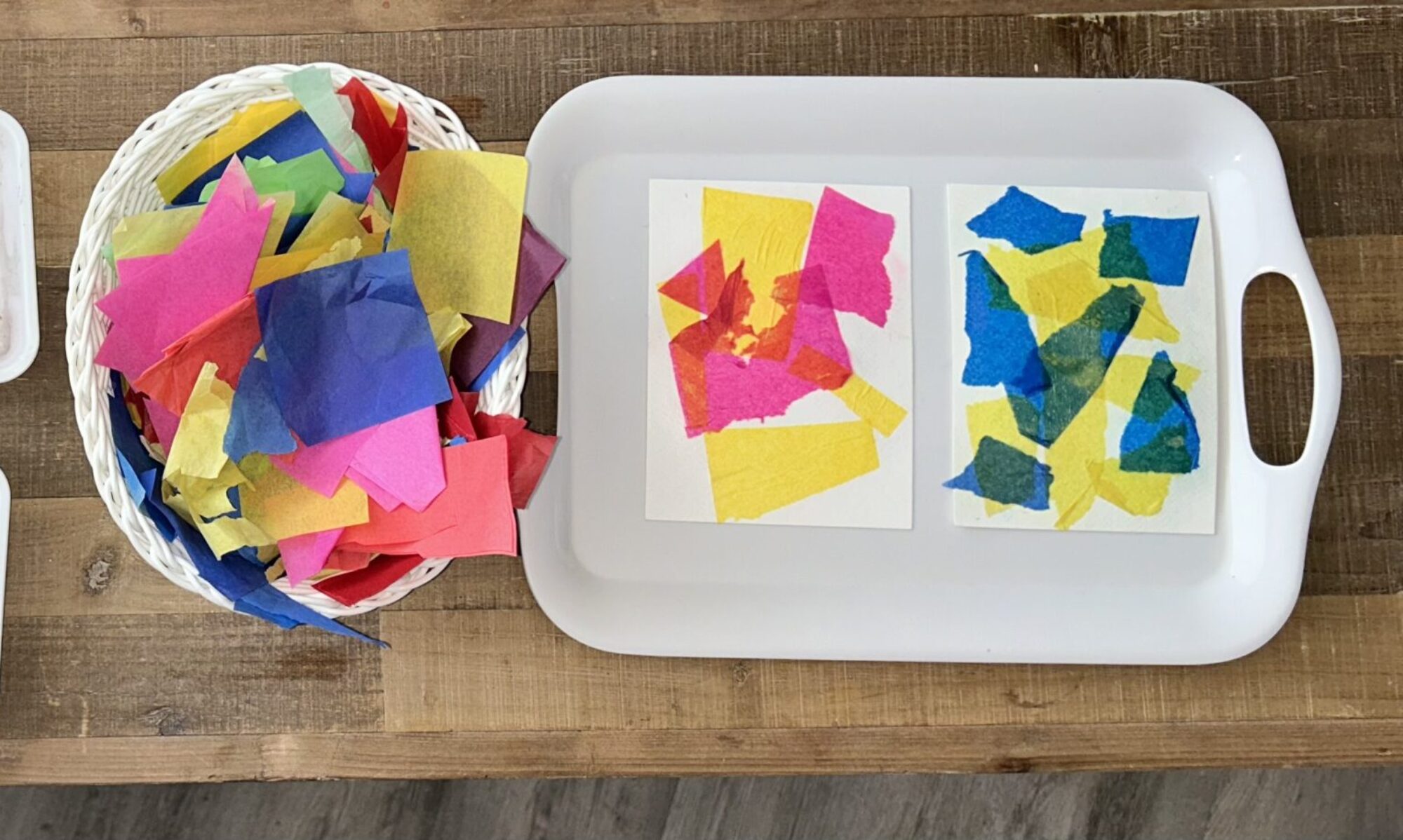
Get art professional developmentand certification today! I understand that many of you are considering various training options for your teachers. Especially if you are an administrator or schoo owner. This course could be an excellent choice for you.
I’d like to share some information about how to get art certification with the Art Teaching Blueprint online course. If you’re not familiar with this course, I certify you as an art teacher. Even if you have no prior experience in art or if you’re not particularly skilled at painting or drawing. No art background is required. This course is perfect for those who have always wanted to bring art literacy into their classrooms.
The Art Teaching Blueprint professional development effectively trains individuals in managing an art department. Also for overseeing art programming, developing art curriculum, or simply creating art lessons and albums.

Art Training Course
This course utilizes a video platform. Over the past seven years, the Art Teaching Blueprint has proven successful in guiding Montessorians. Helping them establish their own thriving art programs!
The Art Teaching Blueprint is my proprietary art program based on my years of experience. As a professional artist and art teacher. As well as the scientific understanding of visual arts that I’ve gained over the last 30 years. You can learn more about this by reading my book The Way Children Make Art. This unique method is not commonly found in art colleges, training centers, or other certifications. It has been specifically designed around my observations of how children cognitively process visual arts over three decades.

Art Curriculum
In the Art Teaching Blueprint, you get 7 modules with over 80 videos. That combine in-depth lectures, and video demonstrations to help you bring art programing into your classroom or home. Here is s summary of the core foundations in this certification.
Art Literacy, Lecture 1:
The first lecture dives into the fundamentals of art literacy and art standards. It covers everything you need to know about what you should be teaching. And why it’s essential to teach it, and what visual arts looks like for children. You will learn the right art language to use in instruction.
Science Art Method, Lecture 2:
In Lecture 2, I introduce my proprietary Science Art Method. I explain the sensory art approach, detailing how children process visual information with their eyes. And cognitive processing through their minds while responding with sensory tactile handiwork. Additionally, I share my knowledge about the relationship between fine motor movements, memory, and visual arts.
Art Teaching Methods, Lecture 3:
In Lecture 3, I instruct you on how to deliver art lessons using various modalities. I provide you with the tools to adapt and modify art lessons to accommodate each child’s level of ability. I introduce my proprietary method of Creative Mode and Copy Mode. Helping you learn how all students have the opportunity to tap into their own unique creative ideas.

Art Materials, Lecture 4:
In this engaging session, I demonstrate and showcase various art materials suitable for children. We explore all aspects of visual arts, and I provide you with a wealth of ideas for teaching. This lecture is four key lessons focusing on painting, drawing, clay modeling, and color mixing demonstrations. You will be able to build your art supply materials list with ease.
Art Environment, Lecture 5:
In Lecture 5, I cover the art environment and discuss how to set up for art lessons. Whether you are in an art studio, using a roaming cart, in a classroom, or an alternative setting. I highlight the essential features of an art environment. I offer practical tips on managing messy projects within your spaces.
Staging an Art Shelf, Lecture 6:
In Lecture 6, I introduce my specialized Montessori art shelf staging system. Assuming you have a shelf and want to encourage children to work more independently. You will learn how to create an environment that promotes self-directed work and follow-up activities,. This is perfect for the Montessori classroom.

Art Teaching Management, Lecture 7:
In the final lecture, Lecture 7, you will learn all about effective art teaching management. You’ll discover how to write an art lesson plan, schedule lessons around your crucial tasks. Plus design a year’s worth of art curriculum. You’ll gain insight into designing themed lessons that complement other classroom activities. As well as facilitating engagement and managing behavioral situations. Additionally, we’ll discuss proper art observation techniques, the use of positive art language with children.
Professional Development Hours
50 PD Hours – Self-Paced
With over 50 videos available, you can enjoy this course at your own pace and on your own schedule. The self-paced option offers a more affordable way to access the course content.
50 PD Hours – Certification & Coaching
This option includes coaching and a letter of completion. Coaching sessions are via Zoom or telephone, ensuring that you fully understand the content. You’ll receive one-on-one Q&A sessions to address all your questions. As part of this option, you will turn in practicum art lesson planning homework. Allowing you to apply your learning and develop your art album. I will personally observe and review your work, providing feedback.
If you have any questions, please feel free to reach out to me.
Schedule a free call we me to discuss live or online professional development for your school email me at: Info@spramani.com
Learn More About The Art Teaching Blueprint HERE

All rights reserved © 2025, Nature of Art®
No part of this blog may be used or be reproduced in any manner whatsoever including reproducing, publishing, performing, and making any adaptions of the work – including translation into another foreign language without written permission except in the case of brief quotations embodied in critical articles and reviews. Nature of Art® Publishing P.O. Box 443 Solana Beach, California 92075.

